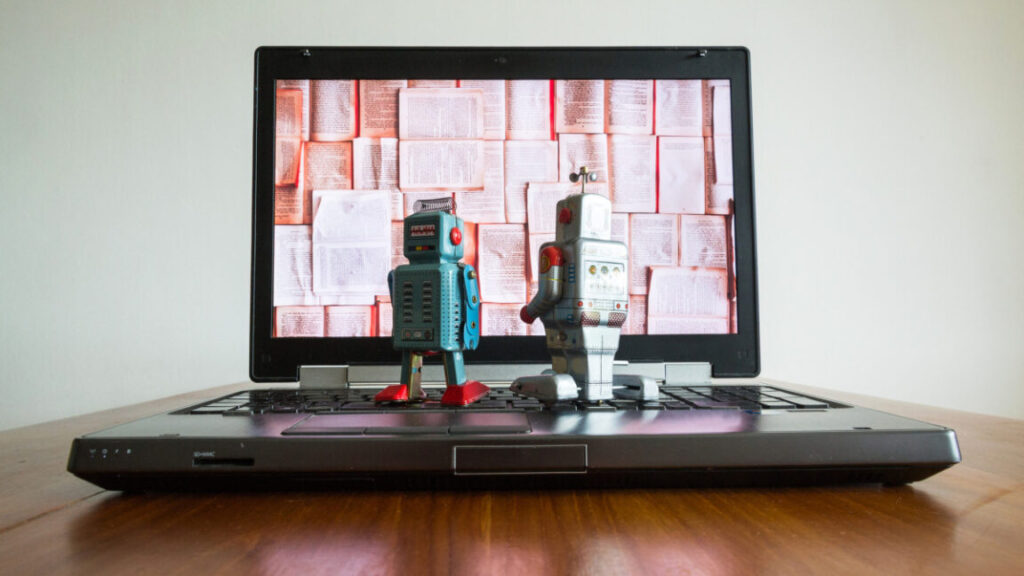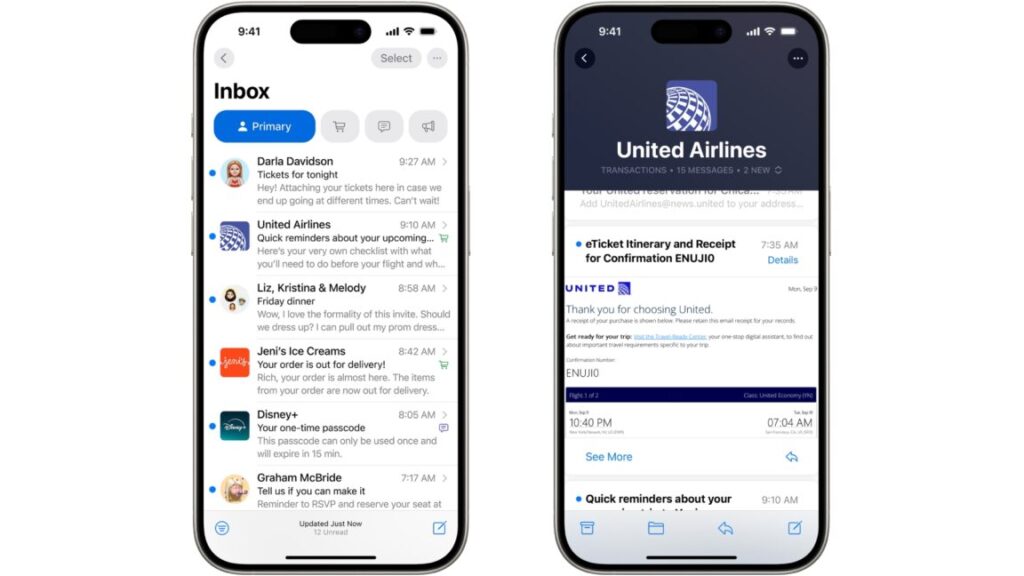Anthropic builds RAG directly into Claude models with new Citations API
Willison notes that while citing sources helps verify accuracy, building a system that does it well “can be quite tricky,” but Citations appears to be a step in the right direction by building RAG capability directly into the model.
Apparently, that capability is not a new thing. Anthropic’s Alex Albert wrote on X, “Under the hood, Claude is trained to cite sources. With Citations, we are exposing this ability to devs. To use Citations, users can pass a new “citations: enabled:true” parameter on any document type they send through the API.”
Early adopter reports promising results
The company released Citations for Claude 3.5 Sonnet and Claude 3.5 Haiku models through both the Anthropic API and Google Cloud’s Vertex AI platform, but it’s apparently already getting some use in the field.
Anthropic says that Thomson Reuters, which uses Claude to power its CoCounsel legal AI reference platform, is looking forward to using Citations in a way that helps “minimize hallucination risk but also strengthens trust in AI-generated content.”
Additionally, financial technology company Endex told Anthropic that Citations reduced their source confabulations from 10 percent to zero while increasing references per response by 20 percent, according to CEO Tarun Amasa.
Despite these claims, relying on any LLM to accurately relay reference information is still a risk until the technology is more deeply studied and proven in the field.
Anthropic will charge users its standard token-based pricing, though quoted text in responses won’t count toward output token costs. Sourcing a 100-page document as a reference would cost approximately $0.30 with Claude 3.5 Sonnet or $0.08 with Claude 3.5 Haiku, according to Anthropic’s standard API pricing.
Anthropic builds RAG directly into Claude models with new Citations API Read More »














